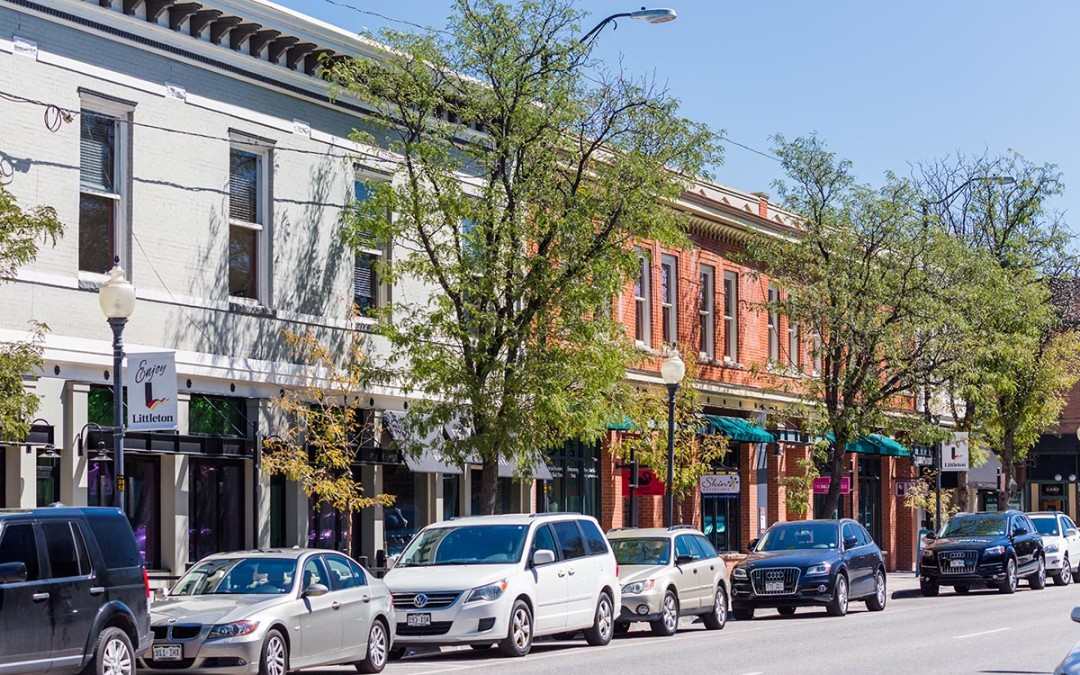
Rent Control: Why it’s Not the Answer to Colorado’s Housing Crisis
Why We Say NO to Rent Control
The recent introduction of bill HB23-1115 in the Colorado State House has sparked discussions about rent control and its potential impact on communities in the state. While some may see such action as a viable solution to the affordable housing crisis, it’s important to understand why it’s not the answer.
Drew Hamrick, general counsel and senior VP of government affairs of the Colorado Apartment Association, has expressed concerns about the potential negative effects of controlling rent in the state. He believes that while it may be well-intentioned, it will only make housing more expensive and less available, compounding the problem instead of solving it. This is because rent control removes the financial incentive to create new housing units and improve existing ones, and it restricts resident mobility.
One of the primary issues with rent control is that it can actually decrease the supply of available housing, driving up costs and exacerbating the affordability crisis. When property owners are limited in their ability to set rents at market rates, they may be less likely to invest in maintaining and upgrading their properties, leading to a decline in the quality of housing stock. In addition, the lack of financial incentives to build new units can reduce the supply of available housing, making it more difficult for renters to find a place to live.
Another issue with rent control is that it can negatively impact neighboring communities. If one city enacts rent control, builders may be less likely to construct new housing units in that area, driving up the cost of housing in surrounding municipalities. This can create a domino effect where renters in neighboring communities end up paying more for housing because their neighbors artificially reduced supply with the rent control ordinance.
For more than 40 years, Colorado has prohibited local governments from enacting rent control ordinances, recognizing the damage rent control can do to available housing and understanding that one local government’s housing policy can negatively impact neighboring communities. Instead of focusing on controlling rent, the state needs to implement policies that encourage the creation of more housing units.
One promising solution is to encourage the construction of multifamily units. These types of units are more energy-efficient, require less land, and are less expensive to build, making them a viable solution to the state’s housing crisis. Multifamily units also allow people to live closer to where they want to live, reducing the need to drive and improving quality of life.
In conclusion, while the affordable housing crisis is a pressing issue that needs to be addressed, rent control is not the answer. It can decrease the supply of available housing, drive up costs, and negatively impact neighboring communities. Instead, Colorado should focus on policies that encourage the creation of more housing units, particularly multifamily units, to help address the state’s housing shortage.
If you have any questions about our stance on HB23-1115, please feel free to contact us here. If you would like to voice your opposition to this bill, please follow this link.



